Redefining Carboplatin Dosing
By Meghan Sise, MD, Joel M. Topf, MD, FACP - Last Updated: April 24, 2025Meghan Sise, MD, an onconephrologist at Massachusetts General Hospital, spoke with Nephrology Times editorial board member Joel Topf, MD, in April at the National Kidney Foundation Spring Clinical Meetings 2025 (SCM25) in Boston, Massachusetts. Dr. Sise presented at SCM25 on the topic of “Personalizing Onconephrology Care” and co-authored 2 late-breaking abstracts.
Dr. Topf: Joel Topf with Nephrology Times. We are on the very first day of the National Kidney Foundation Spring Clinical Meetings. I’m very excited. I’ve got Meghan Sise right here, and she has an interesting late-breaking and high-impact clinical trial that she posted. But first of all, she’s an onconephrologist here in Boston. That onconephrology field—it’s blowing up. What’s going on there? Why does everybody want to be an onconephrologist?
Dr. Sise: That’s a great question. It’s a really exciting field because there are always new drugs. There are always new kidney-related side effects that are being thrown at us. It’s a collaborative field where you get to work with oncologists, and there’s a lot of interest.
Dr. Topf: It really brings out the diva in the kidney, right? They’re always, they’re always fainting. They’re always [saying], “Bring me to the fainting couch.” And always new drugs there. Why can’t we get some of that energy in nephrology?
Dr. Sise: We are getting some of that energy in nephrology, right? There’s a ton of new trials and new drugs getting approved.
Dr. Topf: Your study today, it’s answering or starting to scratch the surface on a question that we have been asking over and over again. Whenever we have to dose this, they require us to use the Cockcroft-Gault formula. And we haven’t used that since Bruce Jenner was winning the Olympics. Like, what’s going on? Why are we still using Cockcroft-Gault?
Dr. Sise: This is an area that has always frustrated me as well. This is why we did this study. Nephrologists have said for a long time, “I’ve been shouting that Cockcroft-Gault is not a validated equation. It was developed in the 1970s. It was developed exclusively…”
Dr. Topf: Before there were women.
Dr. Sise: Before there were women, right. It was developed exclusively in men. The correction factor for women is based on expert opinion alone. Nephrologists use more modern equations like CKD-EPI [Chronic Kidney Disease Epidemiology Collaboration]. When you’re making a high-risk decision, use the combined equation using creatinine and cystatin C. However, all of the oncology trials were done using Cockcroft-Gault–based enrollment criteria. Oncologists say, “Well, this is how we did our trials, so this is how we want to dose our meds.”
Dr. Topf: And that’s a pretty good argument.
Dr. Sise: Which is a great argument. When we had these conversations with oncologists, they said, “Well, if all of a sudden, we just start using a new equation, we may be misdosing people, and we may be giving them too little chemotherapy.” There’s risks on each side. If you give too much, you get toxicity. If you give too little, you might not cure cancer.
Whereas both sides have really valid arguments, we knew we had to generate some data because in my clinic—as an onconephrologist who sees patients who get chemo side effects—I was seeing a lot of women coming in with AKI [acute kidney injury] and cytopenias related to their chemo. My hypothesis was that many of these people are being overdosed using Cockcroft-Gault. How can we prove that?
The postdoc who works in my lab, Dr. Si Yuan Khor, will be presenting our work We took everyone who’s starting cisplatin or carboplatin at Mass General Hospital, and we measured cystatin C on them before their first dose of chemotherapy.
Cystatin C was not clinically available. It was [available for] research only. The docs proceeded according to standard of care. They got a creatinine [measurement], and they calculated the dose of chemo they wanted to give, and they administered it. It just so happens that we knew what their cystatin C was after the fact. So we could go back retrospectively and say, “If we had known the cystatin C, how would we have dosed the chemo?” Can we identify the patients who could have qualified for a dose reduction, and are those the same people who got side effects?
Dr. Topf: So those people all got dosed based on Cockroft-Gault.
Dr. Sise: They all got standard of care, which at our healthcare center is Cockcroft- Gault–based chemotherapy.
Dr. Topf: But then after the fact, you knew what they’re at, their estimated GFR [glomerular filtration rate], using a combined creatinine and cystatin C?
Dr. Sise: That’s exactly right.
Dr. Topf: You found about 25% of them were misdosed.
Dr. Sise: Twenty-five percent of them were given either a dose too high or too low. So, 25% were misdosed. About half and half, high and low.
Dr. Topf: The interesting one for you, or at least the one that was in your discussion, was the people that got dosed high. What happened to those patients?
Dr. Sise: If your combined equation suggested a creatinine clearance or a GFR that was lower than your creatinine clearance—if Cockcroft-Gault overestimated your GFR compared to the combined equation—you’re at risk of being overdosed. Those patients we thought were at risk of being overdosed, who received a dose that was much higher than the dose that their combined equation suggested they should have gotten, those were the patients who developed anemia, developed severe AKIs, were hospitalized for side effects.
Dr. Topf: And there was a mortality signal too.
Dr. Sise: There’s a strong mortality signal as well.
Dr. Topf: This is something that people are concerned about.
Dr. Sise: This confirmed our hypothesis.
Dr. Topf: I’m not laughing at death. I’m not. It just looks like I’m laughing. It’s an important side effect, no?
Dr. Sise: It confirms our hypothesis, which is that these are our frail patients, and we might be able to identify them and potentially offer them dose reductions as a way of preventing side effects, which could help them tolerate their chemotherapy longer. What we want to do next is try to design studies that will test whether dose reductions can help these patients.
Dr. Topf: Let’s flip this over. I didn’t see it in the results, but half those patients got underdosed. Did they have worse oncological outcomes?
Dr. Sise: They didn’t have worse mortality outcomes. They weren’t more likely to die from being underdosed. The only thing we were able to look at was if they were hospitalized for cancer progression. They weren’t hospitalized for cancer progression more, nor did they die more. Underdosing may not be as big of an issue as overdosing. We think overdosing is really where we see the problem because within 90 days, we can see those patients getting side effects, being hospitalized for their side effects, and dying.
Dr. Topf: I want to nerd out on this. One of the fundamental differences between the modern eGFR calculations and Cockroft-Gault [is that] Cockcroft-Gault just gives you a creatinine clearance, but the modern calculations index it to body surface area.
Dr. Sise: We made them equivalent.
Dr. Topf: You got to where I wanted to be, but I want to walk back [to] why that’s important. The reason we index it is we know intuitively that bigger people need more clearance to keep them metabolically in homeostasis. But it’s too hard for our little brains to track that, so we want to assume everybody’s the same size and we can then compare their GFRs across populations. But when we’re looking at drug clearance, that’s not what we should be doing. We want to see how fast that drug is cleared out. There is an option to back out that indexing, and you guys did that.
Dr. Sise: That’s exactly what we did. I think that drugs should be dosed and take body size and body surface area into account. We did un-index so that they could be comparable in mLs per minute to mLs per minute, and then we made those comparisons.
Dr. Topf: Oh, that makes me so happy. I think that’s important. When you’re in your clinic at home and you’re kind of talking about, “How am I going to use this information?” Remember, don’t just use that simple eGFR calculation. You need to be able to un-index. I know some of the medical calculators allow you to do that, just [by] hitting a button.
Dr. Sise: That’s right. You need to know the patient’s height and weight.
Dr. Topf: OK. What’s your take-home message?
Dr. Sise: A take-home message is that we need to study this further. We need to do trials that look at high-risk meds. Should we take into account creatinine and cystatin C? Our data suggest we should, but we need to study that prospectively.
Dr. Topf: Today, new drugs [are] coming on market. Are they still using Cockcroft- Gault?
Dr. Sise: They are; yes. Many drugs [are] in development, and if you look at clinical trials that approve new cancer therapies, the majority of them still use Cockcroft-Gault for enrollment. So, I think…
Dr. Topf: I shake my head. The hematologists and oncologists—they’re smart people. What’s wrong?
Dr. Sise: Well, we have to show—hopefully this is what our work will do—show them. They’re such caring doctors. You’ll never meet more caring doctors than oncologists, so when we show them that there’s harm being done here, I’m hoping that’s what will move the needle.
Dr. Topf: That’s awesome. Hey, this was great. Thank you. Exciting stuff. Have you been accepted for publication yet?
Dr. Sise: No. We wanted to present our data as soon as possible, but we’ve continued enrollment. Whereas our first abstract is [on] 400 [enrolled] patients, we now have about 800 patients enrolled. We wanted a bigger study, and so we’re going to submit our paper with the full cohort enrolled.
Dr. Topf: Are you thinking you need to go to oncology journals?
Dr. Sise: Yes. That’s our audience. That’s where the change is going to take place, so we’ll shoot for oncology journals.
Dr. Topf: Awesome. Thanks a lot. This is great.
Dr. Sise: Thank you. My pleasure.

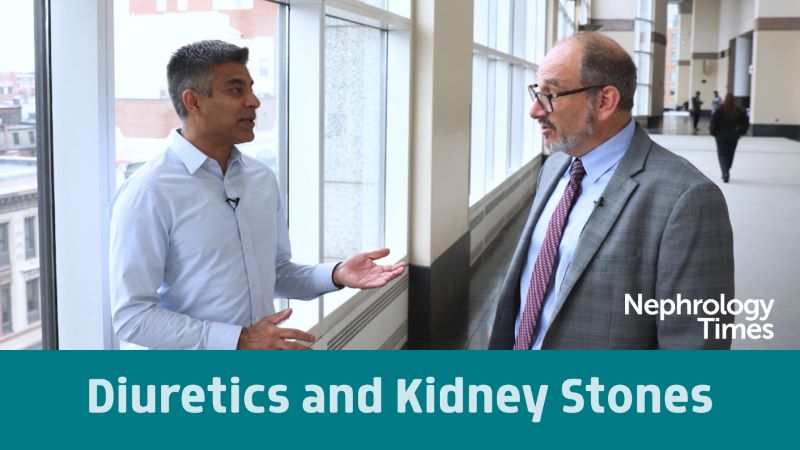
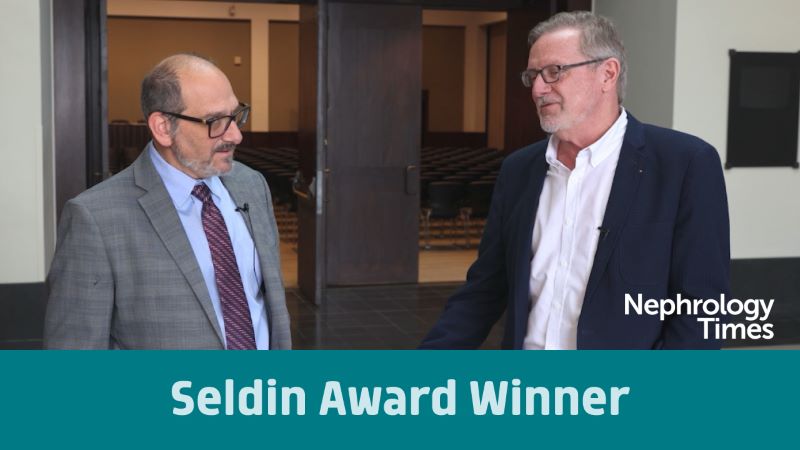
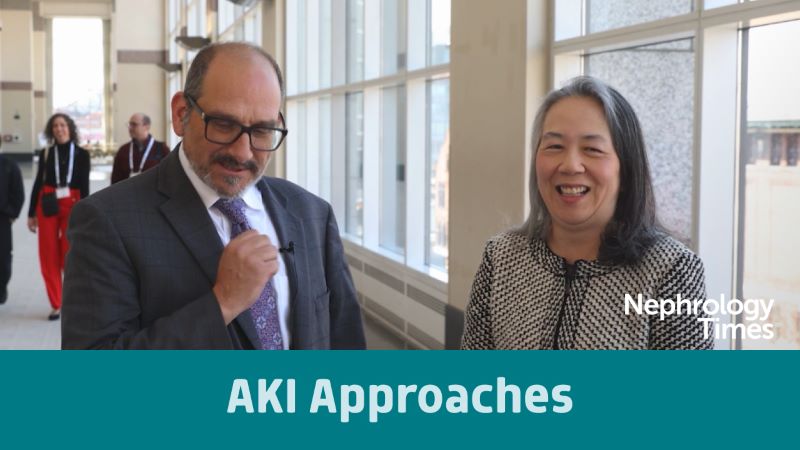
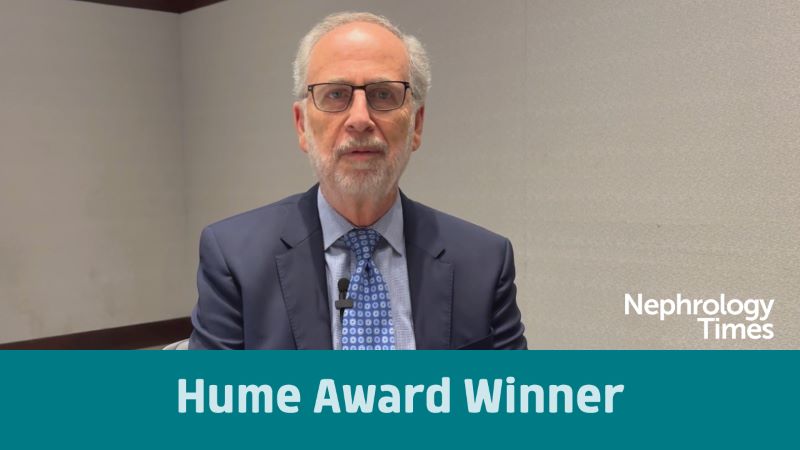
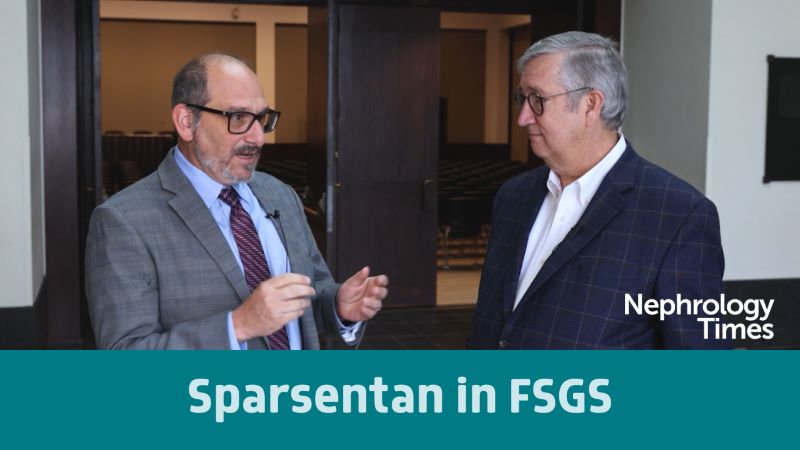

 © 2025 Mashup Media, LLC, a Formedics Property. All Rights Reserved.
© 2025 Mashup Media, LLC, a Formedics Property. All Rights Reserved.